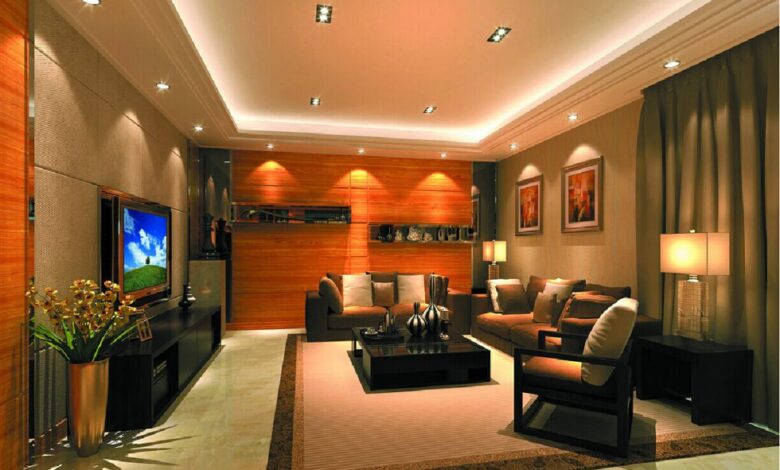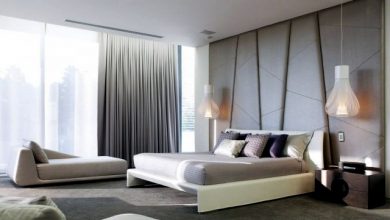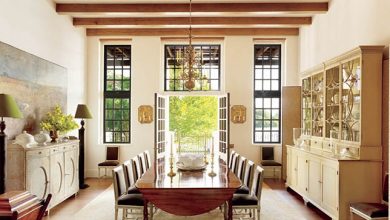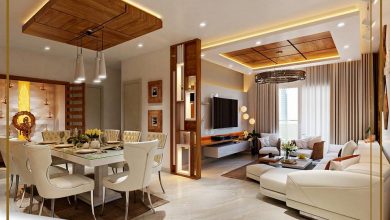How Lighting Benefits Your Home’s Interior design

Proper lighting is not only a practical way to ensure you don’t slip and trip on your kid’s toys, but also a simple and effective way to enhance a room’s ambience and sense of space. Good lighting can improve the perceived quality and overall appearance of your house and even your garden. There are various types of lighting.
- Ambient or general lighting- radiates an entire room area AND provides enough light to allow you to move around safely and conduct day to day tasks. A common ambient light source would be a ceiling light.
- Task lighting- primarily used in a work environment, employed to illuminate closely monitored tasks such as cooking and reading.
- Accent lighting- used to create ambience in a specific area; a good example of this would be wall sconces.
With this in mind, you might want to brainstorm how your room will be used and therefore determine how much lighting is required for each purpose; for instance, the sole purpose of a kitchen is cooking, besides ambient light a task type of lighting would be ideal for cooking and preparation purposes. All lights and light bulbs are designed with different features and benefits that can be carefully used in every room to enhance its beauty. You as a lighting designer, will need to choose the lights you will put in each room to highlight its best features. Let’s look at how to light each room of your house.
Sitting Room
Also known as the living room or even lounge, most people spend their time here at one point in the day. In this case, a relaxing type of lighting might be ideal. Subtle lighting with table lamps will offer the desired comfortable atmosphere. Wall sconces are perfect for illuminating various common sitting room features like paintings. Throughout the day natural lighting from a window can save you money and electricity.
Dining Room
Lighting in this area should be targeted at ensuring you can clearly see your dinner guests and whatever food you will be eating. You might choose to hang a chandelier above the dining table or strategically place some indoor string lights. Dimmers are a fundamental factor in reinforcing the mood of the space.
Kitchen
While preparing and cooking, you require a light that will offer proper lighting to what you are doing. A good task lighting option would be under cabinet lighting, which will also help define the space. A ceiling light is essential to offer general lighting to each corner of your kitchen.
Bedroom
Bedside lamps are standard in bedrooms. You could also choose to put up ceiling and wall lights with dimmers. These lights will offer a relaxing mood needed for the bedroom as you rest at the end of your day.
Hallway
If you are lucky enough to have a hallway, the primary purpose of lighting the space is to create a warm welcome when people walk into your home and to ensure people can avoid common hallway obstacles like shoes, umbrellas and coats. In this case, hanging chandeliers and pendants will serve the purpose. You might want to add some wall lights or sconces targeted any art or focal points in the space.
Identifying what architectural features you want to enhance and understanding what activities will take place in each room is the best starting point to narrowing down the lights you might want to install. Remember if you’re finding it hard to come to a decision, portable lighting (like lamps) are a perfect temporary option until you make up your mind.





